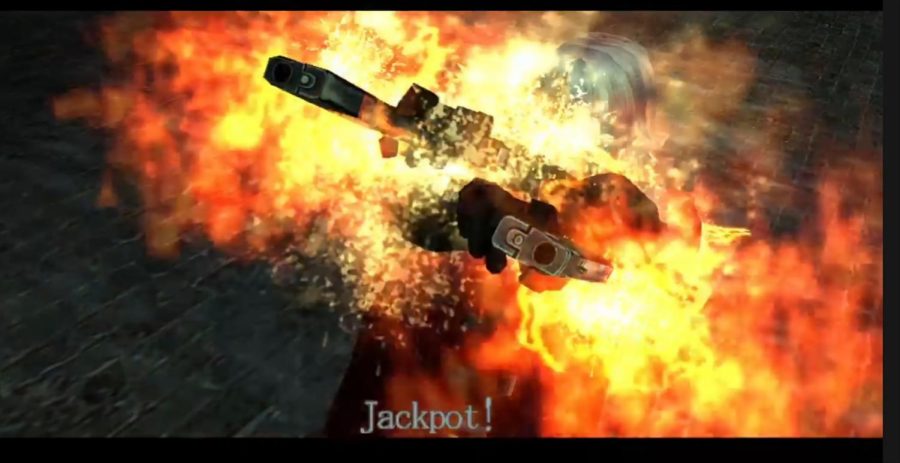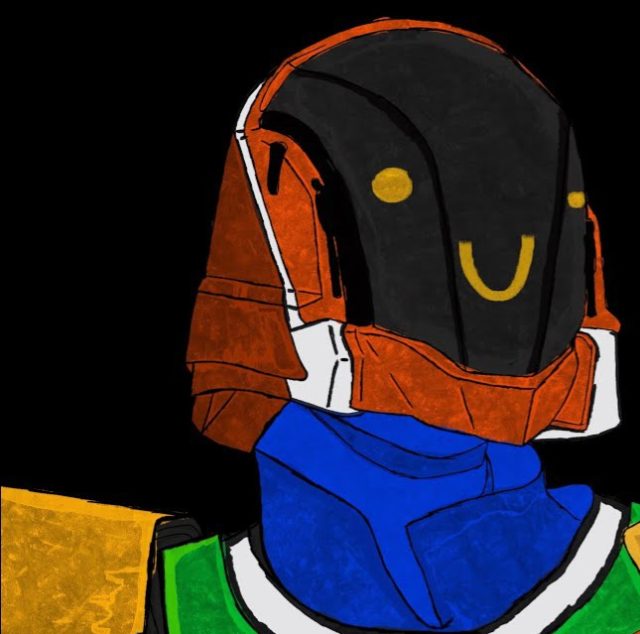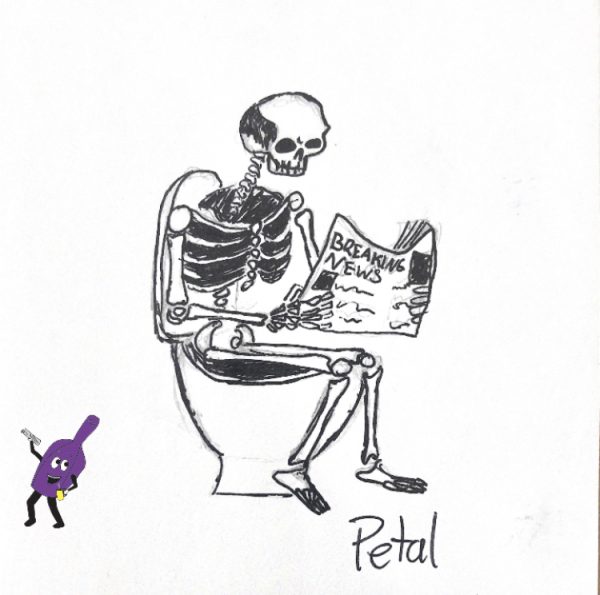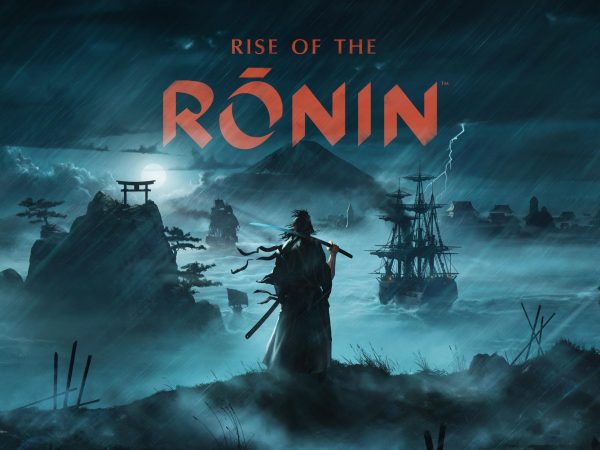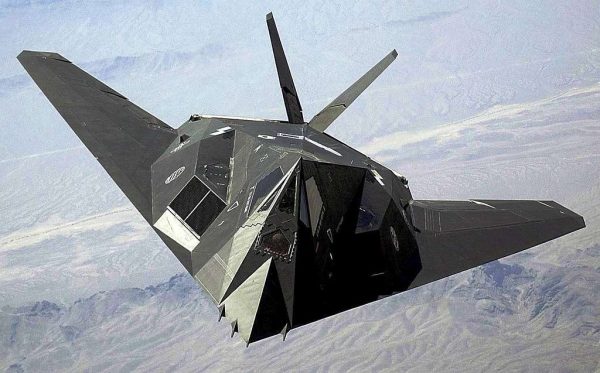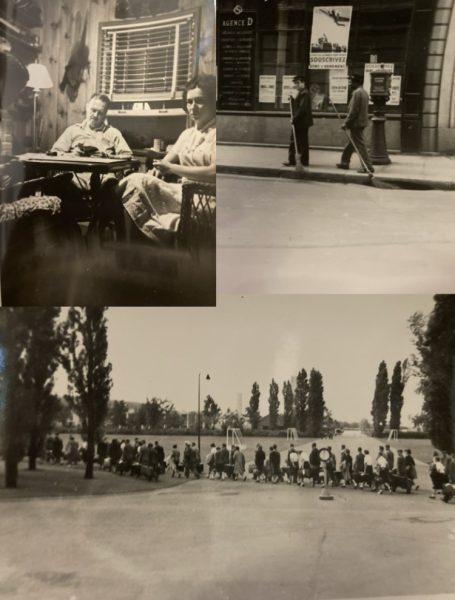DEVIL MAY CRY
The birth of a new genre
Dante says “Jackpot”
Devil May Cry was a revolutionary game for its time. Released in 2001, it was originally designed to be a Resident Evil game, but it drifted so far from the other games in the series that they made it its own series. Devil May Cry (DMC) was the first game in an extremely popular genre: hack and slash. “Hack and Slash” games involve high octane combat where you’re annihilating the enemy in flashy ways. So, how does DMC hold up 21 years later?
Let’s start with the good parts.
The Good
DMC has very good combat, and it still feels pretty smooth by today’s standards as well. But in order to fight you need your weapon:
- Force Edge: The starter weapon, no point using once you get other options
- Alastor: Wield the power of lightning, some basic moveset as Force Edge, unlock new abilities related to lighting and movement
- Ifrit: Gauntlets imbued with the power of fire, most attacks can be charged for extra damage
- Sparda: The true form of Force Edge, has very good damage and extra moves, but no Devil Trigger
- Ebony and Ivory: Dante’s standard pistols, good for juggling enemies
- Shotgun: Shotgun works how you think a shotgun would
- Grenade Launcher: Grenades really hurt enemies
- Nightmare: Uses Devil Trigger to shoot powerful ricochet shots
- Needlegun: The best underwater weapon, as it’s the only one
The game also has a style meter;
simply put, the better you fight,
the better score you get.
Weapons can be changed at any time in the menu, and they allow you to change it based on what’s best for that situation. The game also has a style meter; simply put, the better you fight, the better score you get. The game’s general loop is the same, except in Mundus phase one (most final bosses in games have multiple phases to break up the fight), and the underwater sections. Speaking of which, the final boss fight is very well made. The first phase is a rail shooter, similar to Star Fox. The second phase has you jumping between platforms and using Sparda’s Devil Trigger (which can only be used during this fight) to defeat him.
Devil May Cry’s map is all connected, so areas you couldn’t get through earlier can be accessed later. The game will also populate areas that you had been in before with all new enemies to keep those areas feeling fresh combat wise. The final mission also has you run back through the map, and fly a plane outside.
Now for the parts that get along with Nightmare (the boss not the gun):
The Nightmare(s)
The camera in Devil May Cry is awful, as it’s fixed perspective in a hack and slash action game. Fixed perspective means that based on what area you’re in where the camera is positioned (the Resident Evil games also used this camera system). It’s not surprising that Devil May Cry used this camera style, as it was originally going to be a Resident Evil game. The game also has you fight most bosses multiple times. The idea of fighting a boss multiple times isn’t a bad idea; however, when every boss is that way it gets annoying.
The underwater sections are also terrible; they add nothing to the game play, and do not fit with the rest of the game. The underwater sections do not fit in with the rest of the game’s pacing, as these sections are very slow, in. Sparda also not having its Devil Trigger except during the final boss is confusing, since the game gives it to you six missions earlier and auto equips it once you get it.
Devil May Cry is an overall enjoyable experience, which makes sense since it spawned a whole new game genre. The game overall is a solid Sparda out of Sparda in mission 22. Really good, but held back by not only its time, but also some of the design choices.
All rights reserved to Capcom



